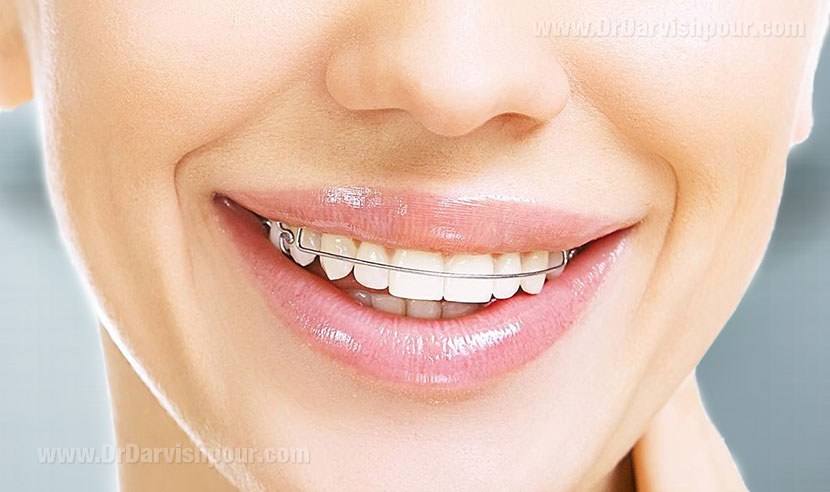Functional Orthodontics – Functional Appliances
Functional braces are used in functional orthodontics. Functional appliances are types of braces that correct class II and class III malocclusions. Class II malocclusion is as an abnormal alignment of upper and lower jaw and teeth where the upper jaw projects further forward than the lower jaw.
There are two types of functional braces. Fixed, or the more popular removable ones.
The more common removable functional appliances are made of two separate upper and lower pieces, enabling the lower jaw to move forward and have a better resting position.
There are other functional appliances made of only one piece, though they may be in less compliance with the teeth.
How does functional orthodontic treatment work?
Functional orthodontics is usually used in patients who have a protruding upper jaw and a retrusive lower jaw and begin their treatment before puberty.
In this treatment, the patient will use braces complying with the schedule provided by the orthodontist, so that which will result in correcting the bite so that your teeth fit properly together.
Is there any alternative to functional braces?
Yes, there is. The removable functional orthodontic treatment relies on you and your child’s full cooperation. Fixed functional appliances are used in patients who don’t have the necessary commitment when using removable braces. However, this approach can be used in very few patients when the orthodontist sees fit. Sometimes both functional and fixed appliances are used at the same time. The main advantage of fixed functional appliances is the simultaneous use of fixed brace treatment which which will result is shortening the duration of treatment.
Alternatives to functional appliances include orthodontic head braces and tooth extraction.
However, the indication for each approach depends on each individual problem.
Will functional braces alter the shape of the face?
There has been a great deal of controversy concerning the functionality of the braces.
It seems that functional braces primarily push the upper teeth backwards and the lower teeth forwards.
Reliable research indicates that the position and length of the lower jaw are governed by our genetic structure. Therefore, although the growth of the lower jaw may change by functional braces in the short run, it appears that in the long run no significant change is likely to occur. Nevertheless, along with moving the teeth during treatment, changes in upper lip position may occur, covering more of the upper teeth.
Is functional brace treatment always successful?
Obviously, the treatment won’t be effective if the appliance is not worn properly and sufficiently. Also, there are a group of patients who do not respond well to functional braces. Unfortunately, it is very difficult to foresee which patients will respond to treatment.
Functional appliances are assumed to have been the most successful approach prior or during the adolescent growth spurt. This usually happens between the ages of 11 and 14 in boys and between 10 and 13 in girls.
Nonetheless, the time of treatment depends on the orthodontist’s diagnosis and it may vary in each case.
If treatment is not successful, how can the problem be resolved?
If treatment of the class II malocclusion (upper teeth protrusion) fails, there are other alternatives to consider including:
- Head braces or headgear
- Tooth extraction
- Jaw surgery
The application of these approaches varies and depends on each specific problem. In special cases, it may be advised that the patient accepts the residual problem till the new treatment (if needed) is concluded. The jaw surgery should be generally delayed till the patient turns 17.
Does it help to use functional appliances before the age of 10?
Treatment at this age is considered an “early treatment”. Research has shown that functional orthodontics started at an early age is not effective and would be less efficient compared to the treatment commenced between the ages of 10 and 14. However, in certain instances, especially when the child is being teased because of the dental appearance, early treatment may be advised.
How long will functional orthodontic treatment take?
The length of treatment varies based on the severity of the problem. However, most of the work with functional braces is typically completed in 9 to 12 months. It may be advised to continue treatment for only a period of nights. Following the first treatment, the orthodontist may instantly recommend a second phase of treatment.
How much do I need to wear the functional braces per day?
The number of hours per day required to wear the functional braces will be explained to you. For your treatment to be effective, follow these instructions carefully. However, most functional braces should be worn on a full-time or close to a full-time basis. If you wear the braces the exact amount of hours instructed, after a while you might notice a significant improvement in the position of your teeth.

